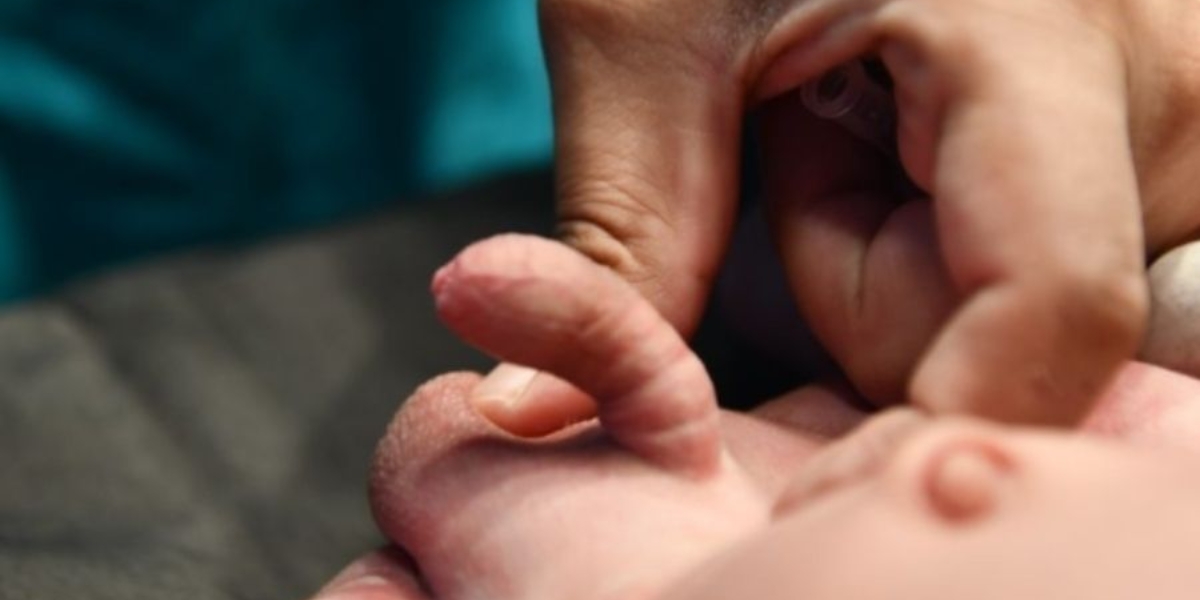Hypospadias is a congenital condition that affects male infants, where the urethral opening is located on the underside of the penis instead of at the tip. This condition varies in severity, with some cases involving curvature of the penis or an incomplete foreskin closure. Early diagnosis and treatment are crucial to ensure optimal outcomes for affected children.
Diagnosis and Evaluation
Diagnosing hypospadias typically occurs shortly after birth during routine physical examinations. Pediatric urologists conduct a thorough assessment to determine the type and severity of hypospadias. This evaluation includes:
- Physical Examination: Detailed inspection of the penis, looking for the exact location of the urethral opening.
- Specialized Tests: Sometimes, imaging studies like ultrasound may be used to assess the urinary tract’s anatomy.
Types of Hypospadias
Distal Hypospadias
In distal hypospadias, the urethral opening is closer to the tip of the penis, making it a less severe form. Surgical correction is often straightforward and typically recommended between 6 to 18 months of age.
Proximal Hypospadias
Proximal hypospadias involves a urethral opening closer to the base of the penis or even within the scrotum. This form requires more complex surgical techniques and is often addressed between 12 to 18 months to ensure adequate genital development.
Surgical Intervention
Timing of Surgery
The timing of surgery for hypospadias is critical. Early intervention is favored to minimize psychological impacts as the child grows older. Pediatric urologists generally recommend surgery between 6 to 18 months of age, depending on the severity and type of hypospadias.
Surgical Techniques
Primary Repair
For distal hypospadias, primary repair involves repositioning the urethral opening to the tip of the penis and closing any associated defects in the foreskin. This procedure aims to restore normal urinary and sexual function.
Tissue Grafts and Staging
Proximal hypospadias often necessitates tissue grafts from other parts of the body to reconstruct the urethra. Staging the surgery may be required to achieve optimal cosmetic and functional outcomes, often involving multiple procedures spaced several months apart.
Postoperative Care and Follow-Up
Following hypospadias surgery, diligent postoperative care is essential to monitor healing and ensure proper urinary function. Regular follow-up visits with the pediatric urologist are scheduled to assess progress and address any concerns.
Hypospadias is a congenital condition affecting male infants, necessitating timely surgical intervention for optimal outcomes. Understanding the types of hypospadias and the recommended timing for surgery is crucial in managing this condition effectively. Pediatric urologists play a critical role in evaluating, planning, and performing surgeries tailored to each patient’s needs.


